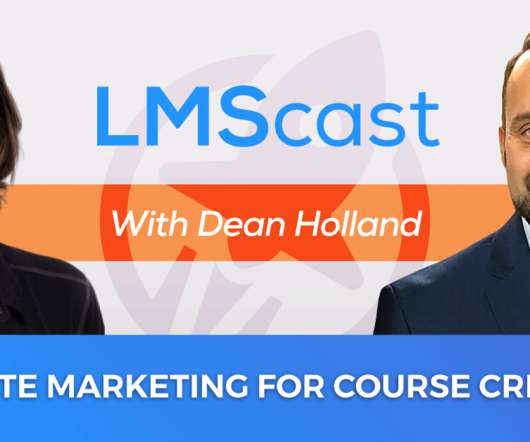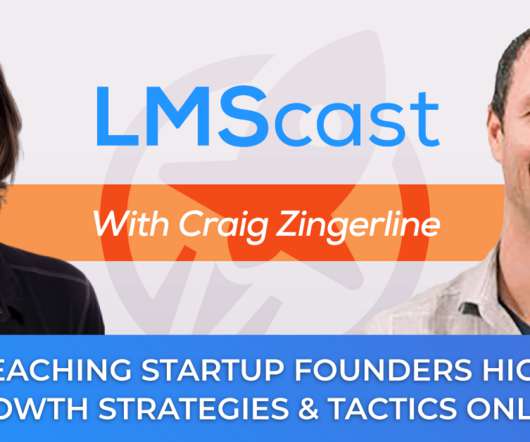Workplace Trends from 2004…Still Trending
Integrated Learnings
MARCH 14, 2012
One dusty cover that caught my eye was the January 2004 issue of Training + Development Magazine from ASTD, with this headline: 8 Trends You Need to Know NOW. Here’s a peek at the eight trends from 2004. --1-- It seems like the workplace trends and advice for practioners from ASTD’s 2004 article still apply. Show them the value.









































Let's personalize your content